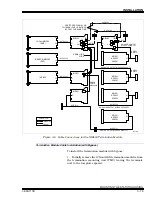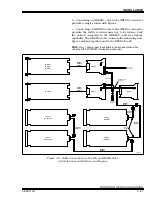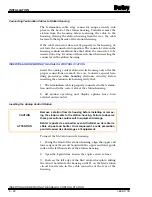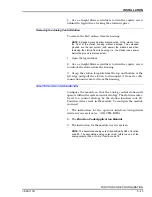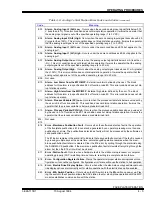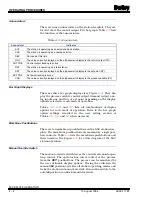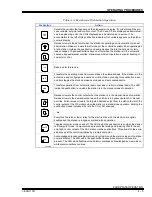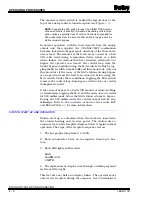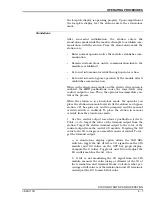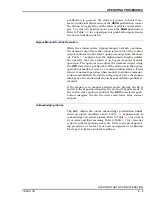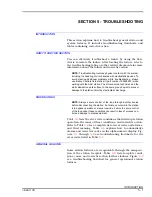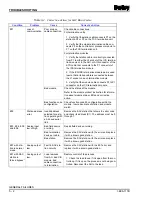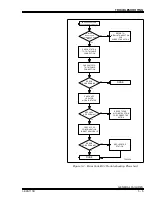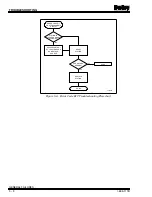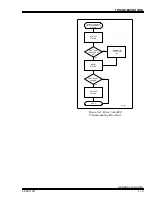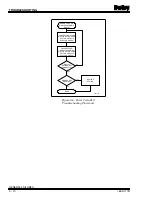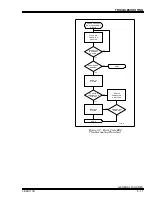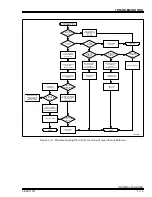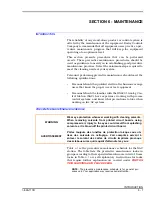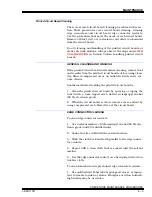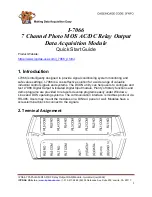
INTRODUCTION
I-E96-117B
5 - 1
SECTION 5 - TROUBLESHOOTING
INTRODUCTION
This section explains how to troubleshoot general station and
system failures. It includes troubleshooting flowcharts and
tables containing corrective action.
HOW TO USE THIS SECTION
You can effectively troubleshoot a failure by using the flow-
charts to isolate the failure. After locating the failure, refer to
the troubleshooting tables or other related documents for more
information about the failure and corrective action.
NOTE: Troubleshooting involves physical contact with the system,
including the handling of circuit boards with electrostatic devices. To
avoid creating additional problems while troubleshooting, always
use Bailey Controls field static kit (part number 1948385A1) when
working with the SAC station. The kit connects a technician and the
static dissipative work surface to the same ground point to prevent
damage to the station circuit by electrostatic discharge.
ERROR CODES
NOTE: Always secure control of the loop through another source
before disconnecting the station, if a failure occurs while the station
is in bypass operation or manual override. Failure to secure control
of the loop under these conditions can result in loss of process con-
trol and damage to plant equipment.
Table
lists the error code conditions that interrupt station
operation, the cause of those conditions, and corrective action.
Refer to Table
for a complete list of error codes and alarms,
and their meaning. Table
explains how to acknowledge
alarms and view error codes on the alphanumeric display. Fig-
ures
through
are troubleshooting flowcharts for the
error codes listed in Table
.
GENERAL FAILURES
Some station failures are recognizable through the misopera-
tion of the station faceplate. Table
lists faceplate condi-
tions, cause, and corrective action for these failures. Figure
is a troubleshooting flowchart for general operational station
failures.

